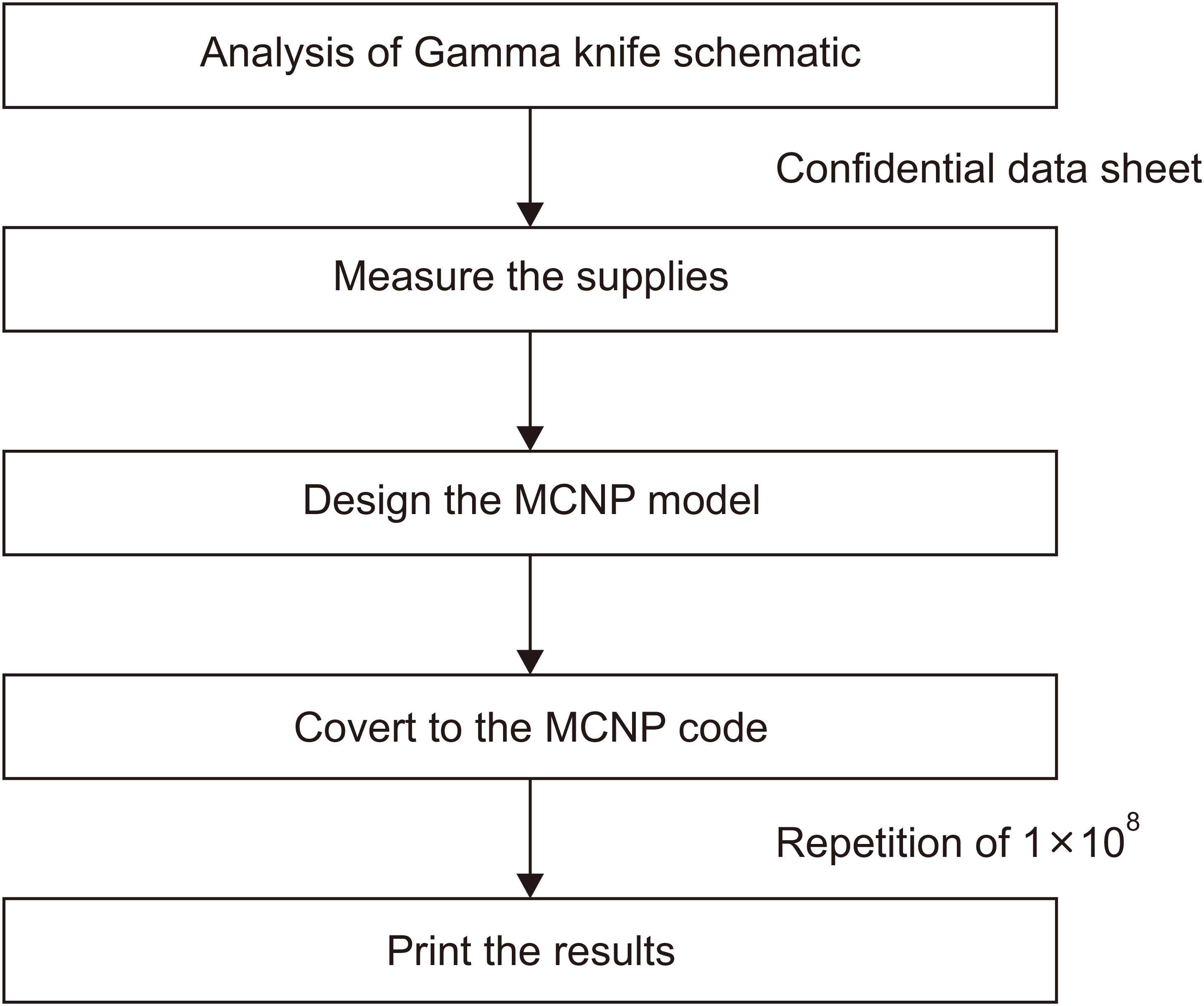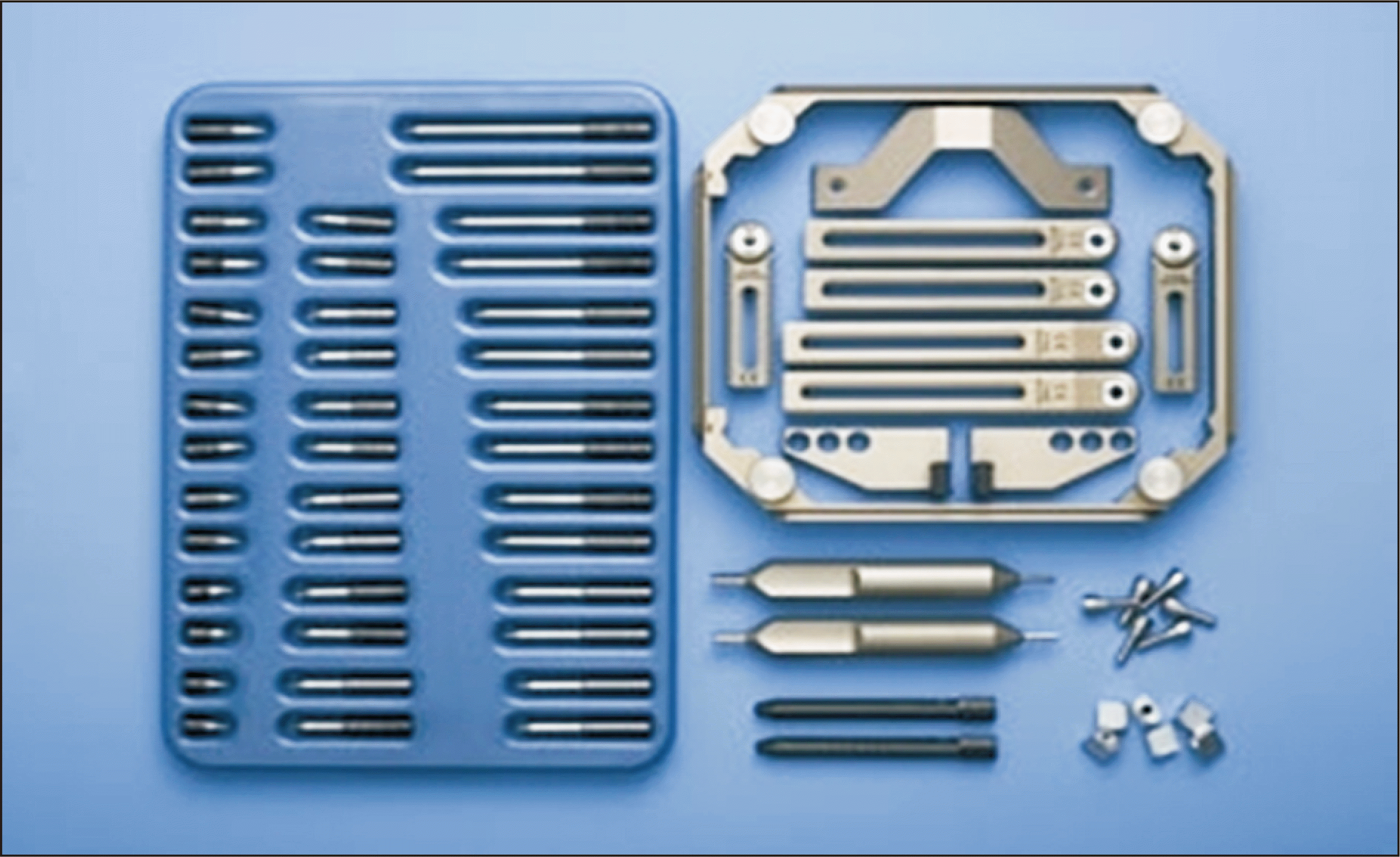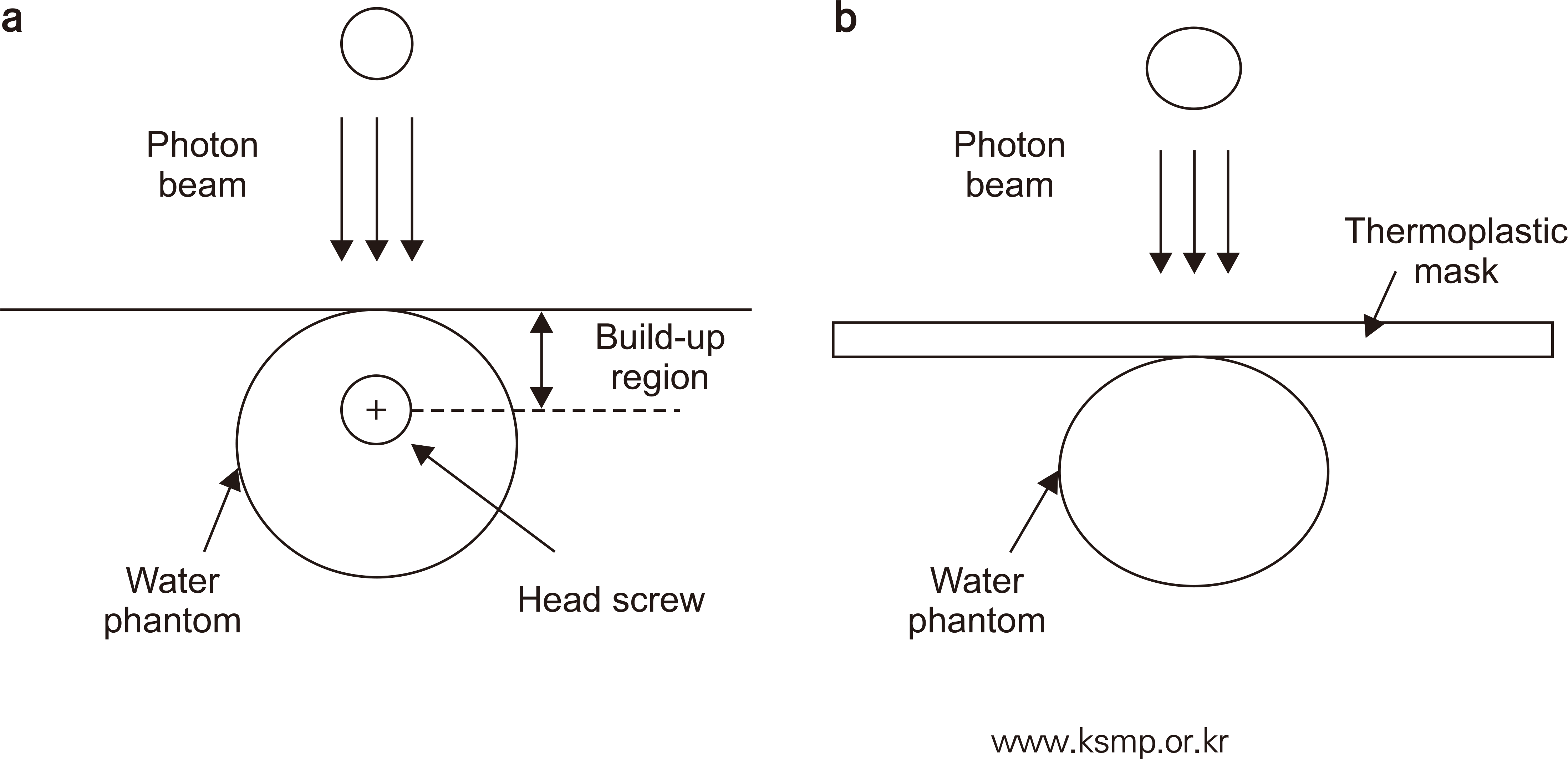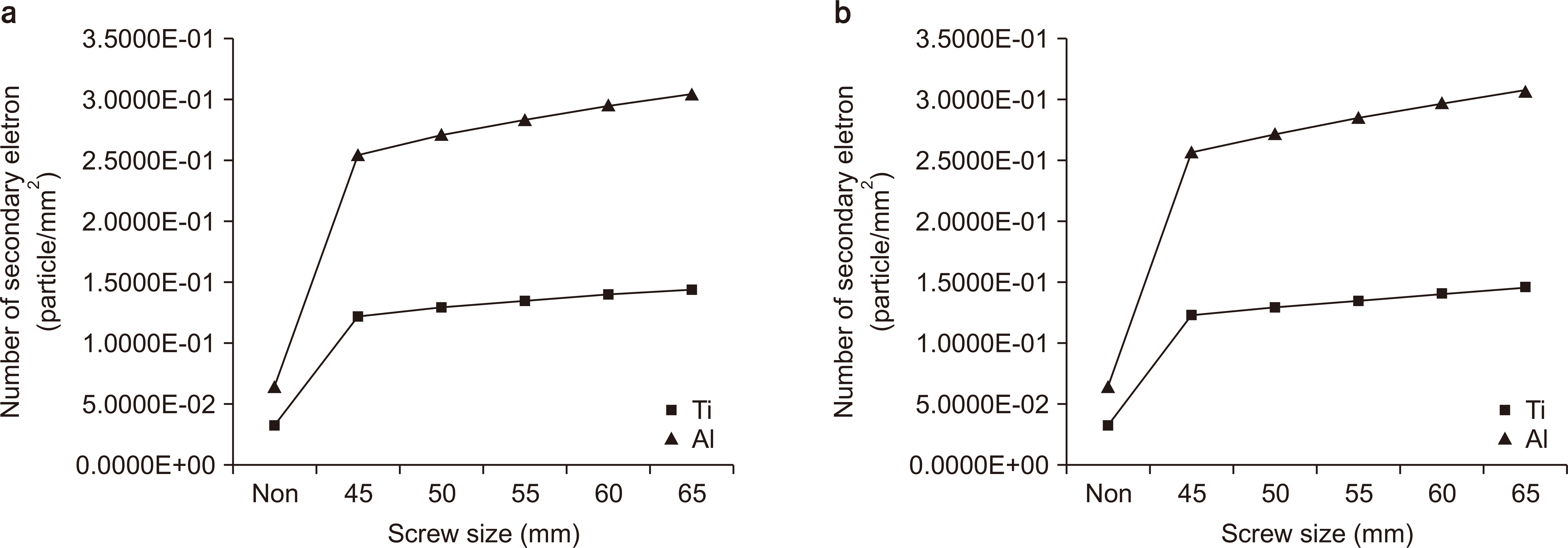1. Kim YB, Suh CH. 2008; Evolution of radiotherapy: high-precision radiotherapy. J Korean Med Assoc. 51:604–611. DOI:
10.5124/jkma.2008.51.7.604.

3. Jeon SR, Lee DJ, Kim JH, Kim CJ, Kwon Y, Lee JK, et al. 2000; Outcome of gamma knife radiosurgery for trigeminal neuralgia. J Korean Neurosurg Soc. 28:1228–1232.
4. Choi EJ, Ro HW, Cho JS, Park MH, Yoon JH, Jegal YJ. 2009; Gamma Knife Surgery for brain metastases from breast carcinoma. J Korean Surg Soc. 76:81–85. DOI:
10.4174/jkss.2009.76.2.81.

5. Young RF. 1998; The role of the gamma knife in the treatment of malignant primary and metastatic brain tumors. CA Cancer J Clin. 48:177–188. DOI:
10.3322/canjclin.48.3.177. PMID:
9594920.

7. Kwon YM, Park YS, Ha Y, Chang JH, Chang JW, Park GY. 2004; Factor related to occurrence of radiation necrosis following gamma knife radiosurgery for metastatic brain tumors. Brain Tumor Res Treat. 3:103–108.
8. Lim SM, Lee R, Suh HS. 2010; Clinical results from single-fraction stereotactic radiosurgery (SRS) of brain arteriovenous malformation: single center experience. Korean J Med Phys. 23:274–280.
9. Kossert K, Marganiec-Ga©©ązka J, Mougeot X, Nähle OJ. 2018; Activity determination of
60Co and the importance of its beta spectrum. Appl Radiat Isot. 134:212–218. DOI:
10.1016/j.apradiso.2017.06.015. PMID:
28629654.
10. Evans LT, Andre K, De R, Henning R, Morgan ED. 2009; Reconstruction of a radiation point source¡¯s radial location using goodness-of-fit test on spectra obtained from an HPGe detector. Nucl Instrum Methods Phys Res B. 267:3688–3693. DOI:
10.1016/j.nimb.2009.09.003.

11. Kuntner C, Auffray E, Lecoq P, Pizzolotto C, Schneegans M. 2002; Schneegans M. Intrinsic energy resolution and light output of the Lu
0.7Y
0.3AP:Ce scintillator. Nucl Instrum Methods Phys Res A. 493:131–136. DOI:
10.1016/S0168-9002(02)01559-0.
12. Choi TJ, Kim OB, Joo YK, Suh SJ, Son EI. 1996; Determination of stereotactic target position with MR localizer. Korean J Med Phys. 7:67–77.
13. Seo WS, Shin DO, Ji YH, Lim YJ. 2003; A study on quality assurance for gamma knife. Korean J Med Phys. 14:184–188.
14. Baek SY, Choi JY. 2012; Associated factors with pin-fixing & pin removal pain among patients undergoing gamma knife radiosurgery. Asian Oncol Nurs. 12:323–330. DOI:
10.5388/aon.2012.12.4.323.
15. Hwang CH, Im IC, Kim JH. 2017; A Monte Carlo study of dose enhancement with kilovoltage and megavoltage photons. J Korean Soc Radiol. 11:87–94. DOI:
10.7742/jksr.2017.11.2.87.

16. Hwang CH, Kang SS, Kim JH. 2016; A Monte Carlo study of secondary electron production from gold nanoparticle in kilovoltage and megavoltage X-rays. J Korean Soc Radiol. 10:152–159. DOI:
10.7742/jksr.2016.10.3.153.

17. Mesbahi A, Jamali F, Garehaghaji N. 2013; Effect of photon beam energy, gold nanoparticle size and concentration on the dose enhancement in radiation therapy. Bioimpacts. 3:29–35.
18. Cheung JY, Yu KN, Chan JF, Ho RT, Yu CP. 2003; Dose distribution close to metal implants in Gamma Knife Radiosurgery: a Monte Carlo study. Med Phys. 30:1812–1815. DOI:
10.1118/1.1582811. PMID:
12906199.

19. Nakazawa H, Mori Y, Yamamuro O, Komori M, Shibamoto Y, Uchiyama Y, et al. 2014; Geometric accuracy of 3D coordinates of the Leksell stereotactic skull frame in 1.5 Tesla- and 3.0 Tesla-magnetic resonance imaging: a comparison of three different fixation screw materials. J Radiat Res. 55:1184–1191. DOI:
10.1093/jrr/rru064. PMID:
25034732. PMCID:
PMC4229929.

20. ICRU Report 44. 1989. Tissue substitutes in radiation dosimetry and measurement. ICRU Report. 44:ICRU;Bethesda:
21. Al-Dweri FMO, Lallena AM. 2004; A simplified model of the source channel of the Leksell Gamma Knife¢ç: testing multisource configurations with PENELOPE. Phys Med Biol. 49:3441–3453. DOI:
10.1088/0031-9155/49/15/009. PMID:
15379024.

22. Moskvin V, Timmerman R, DesRosiers C, Randall M, DesRosiers P, Dittmer P, et al. 2004; Monte Carlo simulation of the Leksell Gamma Knife¢ç: II. Effects of heterogeneous versus homogeneous media for stereotactic radiosurgery. Phys Med Biol. 49:4879–4895. DOI:
10.1088/0031-9155/49/21/003. PMID:
15584525.

23. Ballester F, Granero D, Pérez-Calatayud J, Casal E, Agramunt S, Cases R. 2005; Monte Carlo dosimetric study of the BEBIG Co-60 HDR source. Phys Med Biol. 50:N309–N316. DOI:
10.1088/0031-9155/50/21/N03. PMID:
16237230.

24. Vijande J, Granero D, Perez-Calatayud J, Ballester F. 2012; Monte Carlo dosimetric study of the Flexisource Co-60 high dose rate source. J Contemp Brachytherapy. 4:34–44. DOI:
10.5114/jcb.2012.27950. PMID:
23346138. PMCID:
PMC3551374.

25. Kang JK, Lee DJ. 2012; Development of Monte Carlo simulation code for the dose calculation of the stereotactic radiosurgery. Korean J Med Phys. 23:303–308.
26. Khan FM. 2012. Physics of radiation therapy. 4th ed. Wolters Kluwer Lippincott Williams & Wilkins;Philadelphia:
27. Zeverino M, Jaccard M, Patin D, Ryckx N, Marguet M, Tuleasca C, et al. 2017; Commissioning of the Leksell Gamma Knife¢ç Icon
TM
. Med Phys. 44:355–363. DOI:
10.1002/mp.12052. PMID:
28133748.
28. Wright G, Harrold N, Hatfield P, Bownes P. 2017; Validity of the use of nose tip motion as a surrogate for intracranial motion in mask-fixated frameless Gamma Knife¢ç IconTM therapy. J Radiosurg SBRT. 4:289–301.
29. AlDahlawi I, Prasad D, Podgorsak MB. 2017; Evaluation of stability of stereotactic space defined by cone-beam CT for the Leksell Gamma Knife Icon. J Appl Clin Med Phys. 18:67–72. DOI:
10.1002/acm2.12073. PMID:
28419781. PMCID:
PMC5689865.

30. Li W, Bootsma G, Von Schultz O, Carlsson P, Laperriere N, Millar BA, et al. 2016; Preliminary evaluation of a novel thermoplastic mask system with intra-fraction motion monitoring for future use with image-guided gamma knife. Cureus. 8:e531. DOI:
10.7759/cureus.531. PMID:
27081592. PMCID:
PMC4829406.

31. Kang KM, Chai GY, Jeong BG, Ha IB, Park KB, Jung JM, et al. 2012; An analysis of intra-fractional movement during image-guided frameless radiosurgery for brain tumor using cyberKnife. Korean J Med Phys. 23:169–176.
32. Ji Y, Chang KH, Cho B, Kwak J, Song SY, Choi EK, et al. 2015; Evaluation of set-up accuracy for frame-based and frameless lung stereotactic body radiation therapy. Korean J Med Phys. 26:286–293. DOI:
10.14316/pmp.2015.26.4.286.

33. Lindtner RA, Schmid R, Nydegger T, Konschake M, Schmoelz W. 2018; Pedicle screw anchorage of carbon fiber-reinforced PEEK screws under cyclic loading. Eur Spine J. 27:1775–1784. DOI:
10.1007/s00586-018-5538-8. PMID:
29497852.

34. Ringel F, Ryang YM, Kirschke JS, Müller BS, Wilkens JJ, Brodard J, et al. 2017; Radiolucent carbon fiber-reinforced pedicle screws for treatment of spinal tumors: advantages for radiation planning and follow-up imaging. World Neurosurg. 105:294–301. DOI:
10.1016/j.wneu.2017.04.091. PMID:
28478252.






 PDF
PDF Citation
Citation Print
Print





 XML Download
XML Download